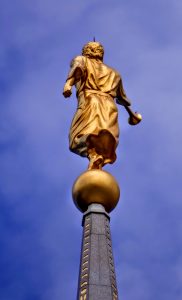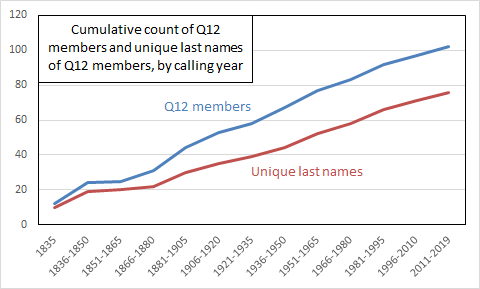This post has some of my favorite and least-favorite things from this last General Conference. I’m sorry it has been a few weeks so it might be largely forgotten. Anyway, please share your favorites and least favorites in the comments if you’d like.
Best story: Elder Alliaud’s story of his non-member mother quizzing him when he decided to get baptized, including asking him, “Do you have any idea how long church is?”
Worst story, hedge about the law category: Elder Christofferson’s story of the paralyzed patriarch where he carefully made it clear that it was a priesthood holder and not some unwashed heathen (or worse yet, woman), who supported the patriarch’s hands when he gave blessings.
Worst story, endlessly serving woman category: Elder Christofferson again, although this time sharing a story he heard from Elder Bednar and his wife about a very recently widowed woman who of course still served as an usher at a temple dedication, thus helpfully normalizing the idea that women should be forever serving and never thinking of themselves.

Best visual aid: The Del Parson painting of a smiling, welcoming Jesus included by President Aburto in her talk “Thru Cloud and Sunshine, Lord, Abide with Me!”
Worst visual aid: The picture of a (to me) comically distressed-looking Moses included by Elder Stevenson near the end of his talk “Deceive Me Not”
Worst visual aid, missing category: Elder Uchtdorf made mention of Hobbits throughout his talk, but didn’t show us a picture of even one Hobbit!
Best laughs: Elder Holland’s report of the little boy who laid on the floor and raised his foot during the sustainings last General Conference; Elder Gong’s story of the longsuffering Primary teacher who didn’t interrupt the child who prayed and expressed gratitude for each letter and number.
Worst laugh: President Oaks making light of a woman’s concern over whether she would have to share a house with a sister wife in the next life.

